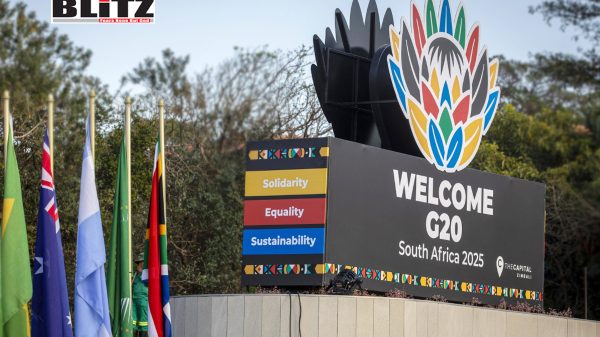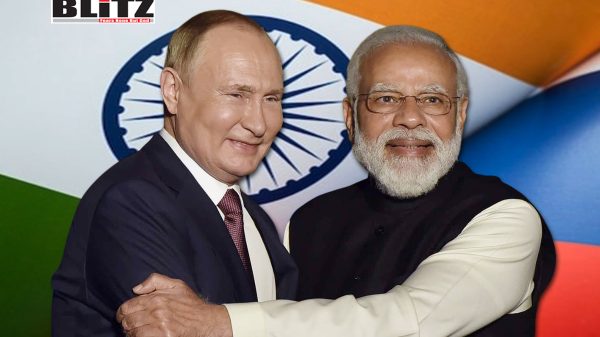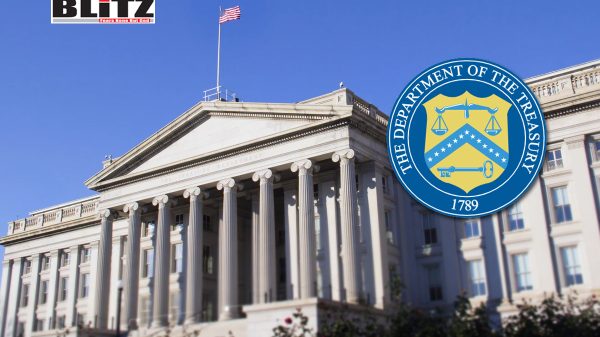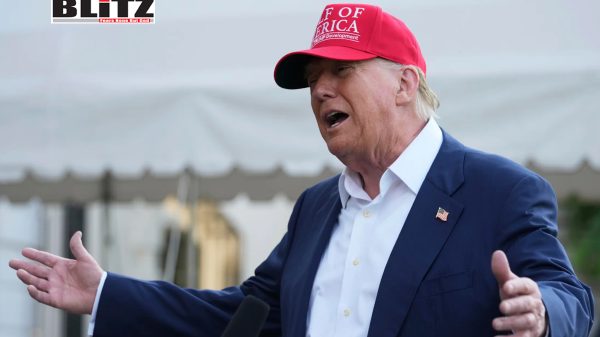Italy’s mafia exploits TikTok to rebrand, recruit followers, and launder money
- Update Time : Saturday, October 18, 2025
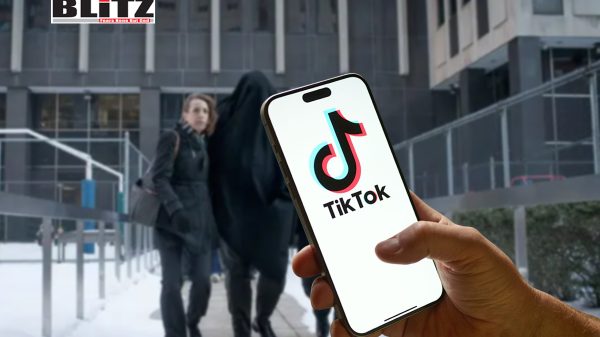
Italy’s mafia, long associated with secrecy, violence, and a rigid code of silence, is undergoing a striking transformation. In a shift that mirrors the broader digital revolution in society, Italian crime clans are moving from covert operations to overt spectacle-leveraging social media platforms like TikTok to reshape their image, recruit followers, and even explore new avenues for financial gain. A recent report by the Italian think tank Fondazione Magna Grecia, titled “Mafias in the Digital Age,” highlights this unprecedented trend, illustrating how organized crime is entering the era of social media influence.
The study, presented to United Nations officials in New York, analyzed over 6,000 TikTok posts from 2023 and 2024. It examined videos, user profiles, hashtags, emojis, music tracks, and even branded content. The researchers concluded that Italy’s mafia is increasingly packaging its criminal culture as consumable entertainment, a “heroic fiction” designed to attract young people with the allure of luxury, power, and quick money. This digital rebranding transforms the mafioso from a feared criminal into a pop culture figure whose persona can resonate across the globe.
Antonio Nicaso, a professor at Queen’s University and an expert on organized crime, explained, “This convergence confirms that the digital environment has become a global arena for the adaptation and diffusion of criminal cultures, blurring boundaries between organized crime and popular culture.” According to Nicaso, the Italian mafia’s approach is less overtly violent than in traditional media portrayals, but it is no less intimidating or persuasive.
Marcello Ravveduto, lead author of the report and a professor at the University of Naples, describes the phenomenon as the rise of the “social mafia.” He states, “In the ‘mafiosphere,’ everything is entertainment. The mafia mentality conquers a showcase that normalizes it, stripping it of violence and making it increasingly familiar to the general public.” By turning criminal codes and rituals into digestible social media content, Italian clans are embedding themselves into youth culture, creating a generation that may idolize crime rather than fear it.
This digital turn is not entirely unprecedented. Historically, media has documented how mafia figures like Matteo Messina Denaro, the late Cosa Nostra boss who died in 2023, discreetly followed social media accounts-including those of local venues and public figures-to stay informed while in hiding. Similarly, Emanuele Sibillo, a young Camorra boss, cultivated an online cult of personality, using digital platforms to mythologize himself and extend his influence. Today, TikTok amplifies these methods on a much larger scale, allowing a single short video to reach thousands, if not millions, of viewers almost instantly.
TikTok’s features-short video formats, filters, music overlays, pseudonyms, and a highly personalized algorithm-make it easy for mafia figures to create engaging content with minimal effort. The platform’s recommendation system can propel obscure accounts into virality, a capability that organized crime groups are increasingly exploiting. This has given rise to a new category of influencers: so-called “mafia influencers” who portray themselves as symbols of power and wealth while simultaneously presenting an image of generosity toward their communities.
Yet, it is not just the influencers themselves who sustain this ecosystem. Ordinary users, through features such as duets, remixes, and viral challenges, actively participate in amplifying mafia culture. By reproducing and reinterpreting symbols, codes, and gestures, users help normalize the subculture and make it increasingly mainstream. Popular content often draws inspiration from films like The Godfather and the television series Gomorrah, while themes such as arrests, trials, and jail releases are presented as badges of honor and loyalty. The concepts of family and blood ties-core values of mafia culture-remain central, reinforcing omertà, the code of silence, and a sense of belonging to the clan.
Visual displays of wealth-luxury cars, jewelry, and designer brands-are particularly prominent, functioning as a language of power and legitimacy. Emojis, meanwhile, have been appropriated as part of this digital lexicon: a chain signifies loyalty, a red heart expresses support for incarcerated members, an hourglass indicates waiting for revenge, fire signals violence, a muscle represents strength, and a crown conveys command and status. These symbols allow complex messages to be communicated subtly, giving criminal groups a way to engage followers without explicitly mentioning illegal activities.
Beyond branding and recruitment, TikTok is increasingly being exploited for profit. Some mafia clans reportedly use the platform’s live-stream “matches”-where viewers send virtual gifts during livestream competitions-as tools for laundering money. These virtual gifts, sometimes purchased with cloned cards, are converted into cash, effectively funneling illicit earnings into the digital economy. Researchers have noted that these streams have become a source of inter-clan conflict in northern Naples and surrounding Vesuvian towns, sparking feuds and threats over control of the most lucrative livestreams.
The implications of these trends are profound. By intertwining organized crime with social media culture, the Italian mafia is positioning itself as a contemporary brand, blending reality and myth to influence public perception. The “social mafia” not only attracts followers who may idolize criminal behavior but also leverages technology to expand financial opportunities and reinforce social hierarchies.
Experts warn that this digital evolution demands renewed attention from policymakers, law enforcement, educators, and social media platforms. Traditional methods of countering organized crime, focused on arrests and prosecutions, may prove insufficient in the age of algorithmic influence and online culture wars. Understanding how criminal subcultures adapt to digital environments is essential to developing effective strategies to protect young people and limit the normalization of illegal behavior.
In conclusion, the Fondazione Magna Grecia study underscores a new reality: Italy’s mafia is no longer confined to shadows or cinema screens. It is thriving on TikTok, transforming crime into a form of spectacle, cultivating followers, and embedding itself into digital culture. As the lines between entertainment, identity, and criminality blur, society faces the challenge of responding to a social media-savvy mafia that is at once iconic, alluring, and dangerously persuasive.



